TO RETURN TO 1970s MAIN PAGE CLICK HERE
U.S. SPACECRAFT 1960s and 70sB
U.S. SPACECRAFT 1980s and 90sB
FOR ADDITIONAL INFORMATION CONCERNING SPACECRAFT, THEIR CAMERAS AND IMAGERS SHOWN ON THIS SITE CLICK HERE
FOR INFORMATION ON NON-ASTRONOMY CCDS - COMMERCIAL, INDUSTRIAL, SCIENTIFIC, MEDICAL, ETC. CLICK HERE
TO GO TO JANESICK CONTINUATIONPAGE CLICK HERE
U.S. SPACECRAFT 2000 AND BEYOND
2002 HUBBLE ADVANCED CAMERA
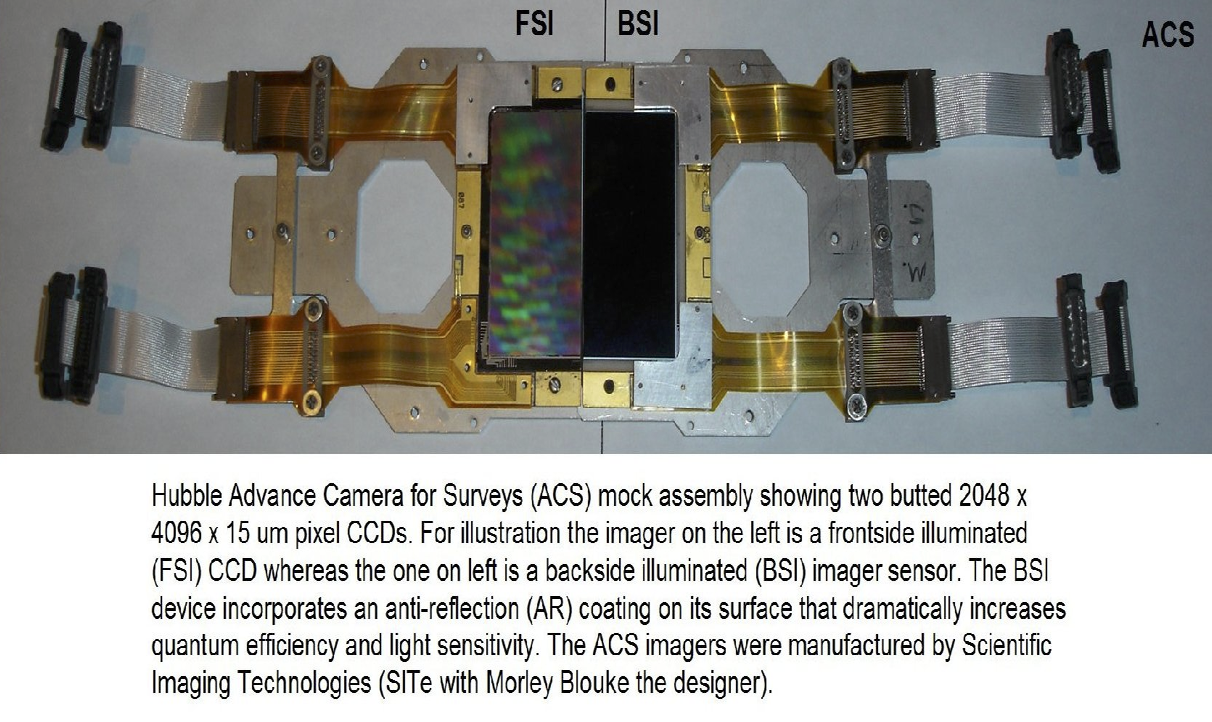

The Advanced Camera for Surveys (ACS) is a third-generation
axial instrument placed aboard the Hubble Space
Telescope (HST). The initial design and scientific capabilities of
ACS were defined by a team based at Johns Hopkins
University. It was launched on March 1, 2002 as part of Servicing
Mission 3B and installed in HST on March 7, replacing the Faint
Object Camera (FOC), the last original instrument. ACS is a
highly versatile instrument that became the primary imaging instrument
aboard HST. ACS imagers were fabricated at SITe as well as at Pixel Vision,
the company opened by Janesick.
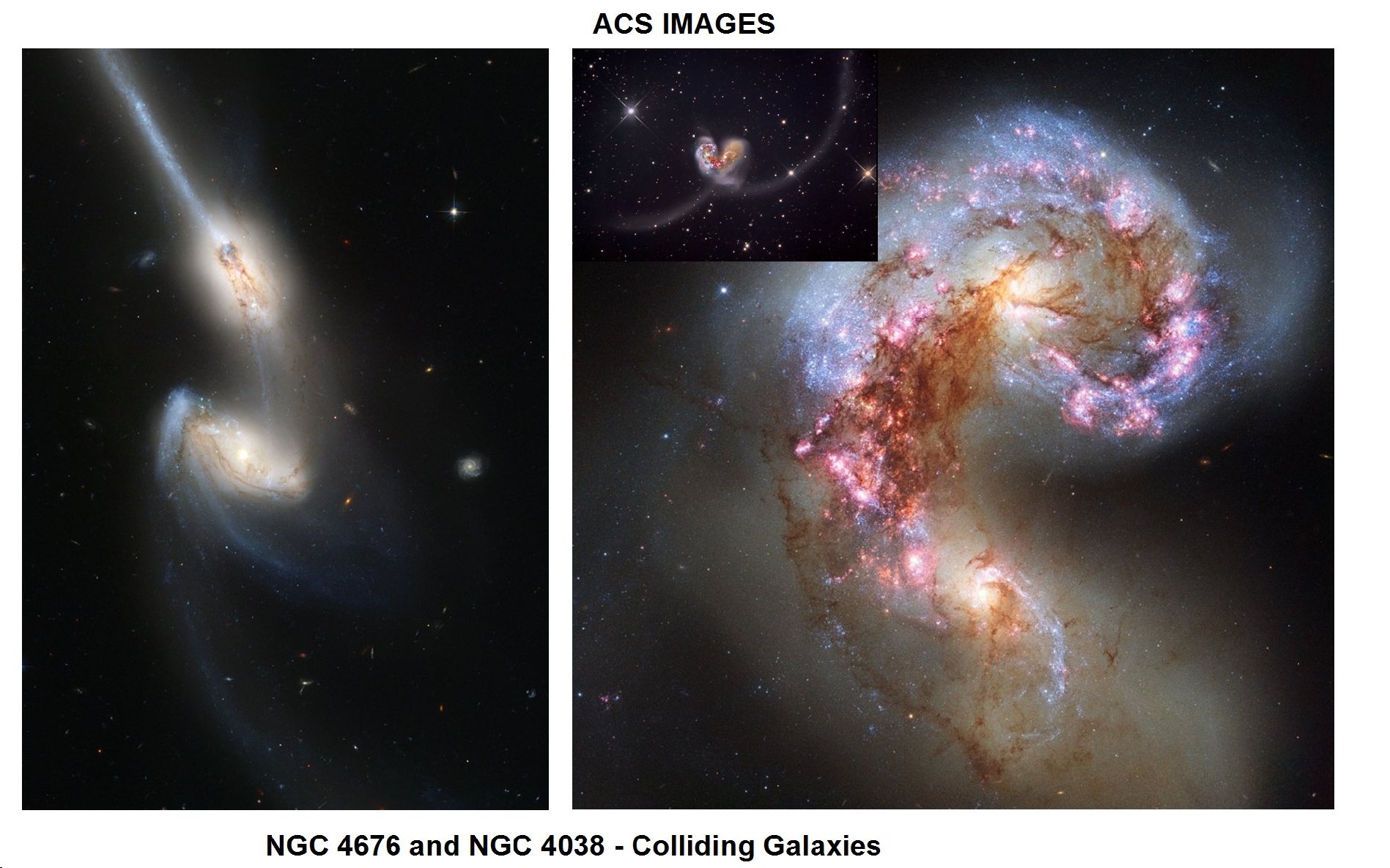
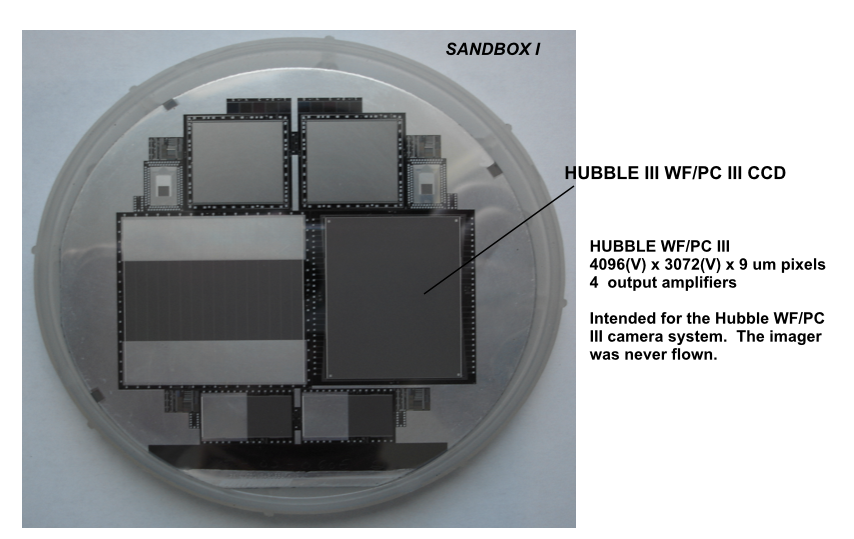

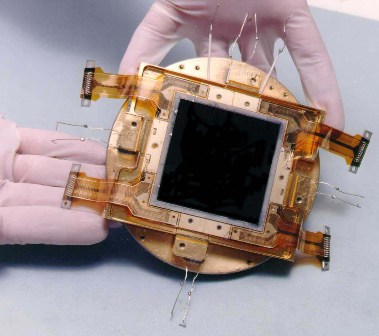
HUBBLE
WF/PC III - 4096(V) x 3072(V) x 9 um pixels - 4 -
output amplifiers. Intended for the Hubble WF/PC III camera
system, butthe imager was never flown. Goddard and
Ball Aerospace were selected instead of JPL. Their imager is
shown on the right.
Coming Soon
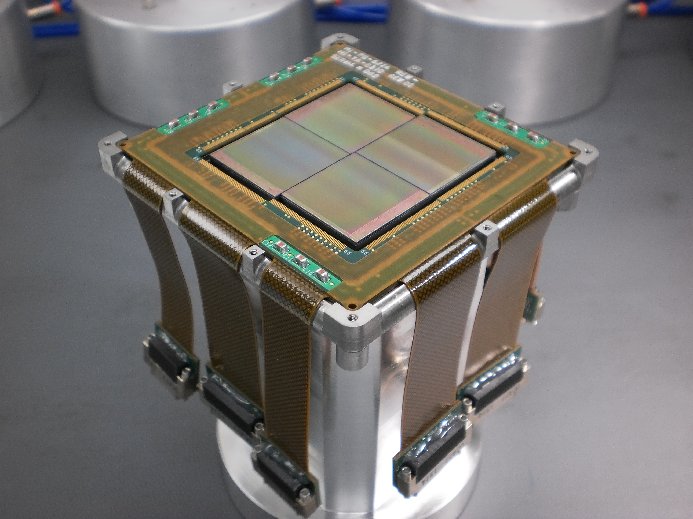
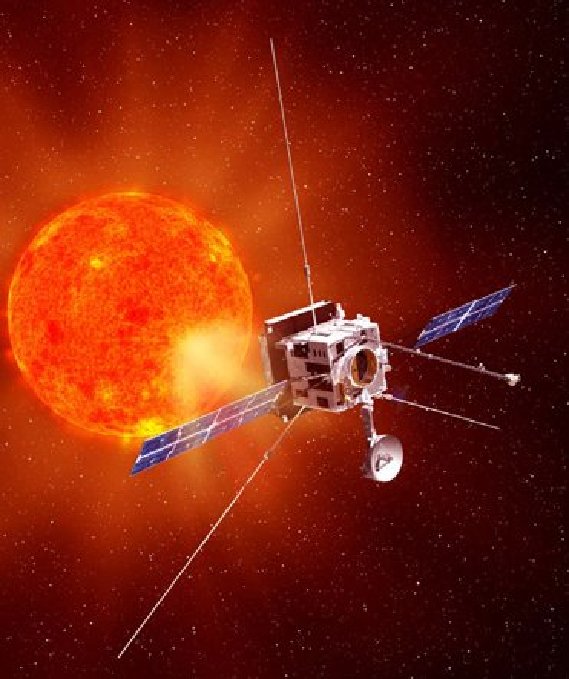

Four
SoloHi CMOS imagers butted together for a 3840(V) x 4096 (H) x 10 um
pixel
format.
Solar Orbiter Heliospheric Imager (SoloHI) spacecraft observing the sun
at close range.
2018 SoloHi
SRI International, working with TowerJazz (Newport Beach,
CA), has delivered the first complementary metal-oxide semiconductor
(CMOS) imager engineering units to the Naval Research Laboratory (NRL)
for use on the Solar Orbiter Heliospheric Imager (SoloHI) optical
telescope. The Solar Orbiter mission will be the first time that
such a large-format CMOS detector has flown. SoloHI measurements will
allow scientists to identify space weather events such as coronal mass
ejections (CMEs), which can affect electromagnetic fields on Earth that
may impact power lines, satellite communications, and cellphone
service. The full-flight SoloHI focal plane will incorporate a
mosaic of four imagers providing a 3840(V) x 4096 (H) pixel
format. The imager will also be used for the Wide-Field Imager
for Solar Probe Plus (WISPR SPP) mission. SPP will complete 24 orbits
about the Sun over 7 years, coming as close as 3.7 million miles above
the solar photosphere after a July 2018 launch date. The design
includes a necessary 8-foot-diameter, 4.5-inch-thick, carbon-carbon,
carbon foam solar shield atop the spacecraft body for solar damage
protection.
Work is now going on toward a 10k x 10k imager (100-megapixel).
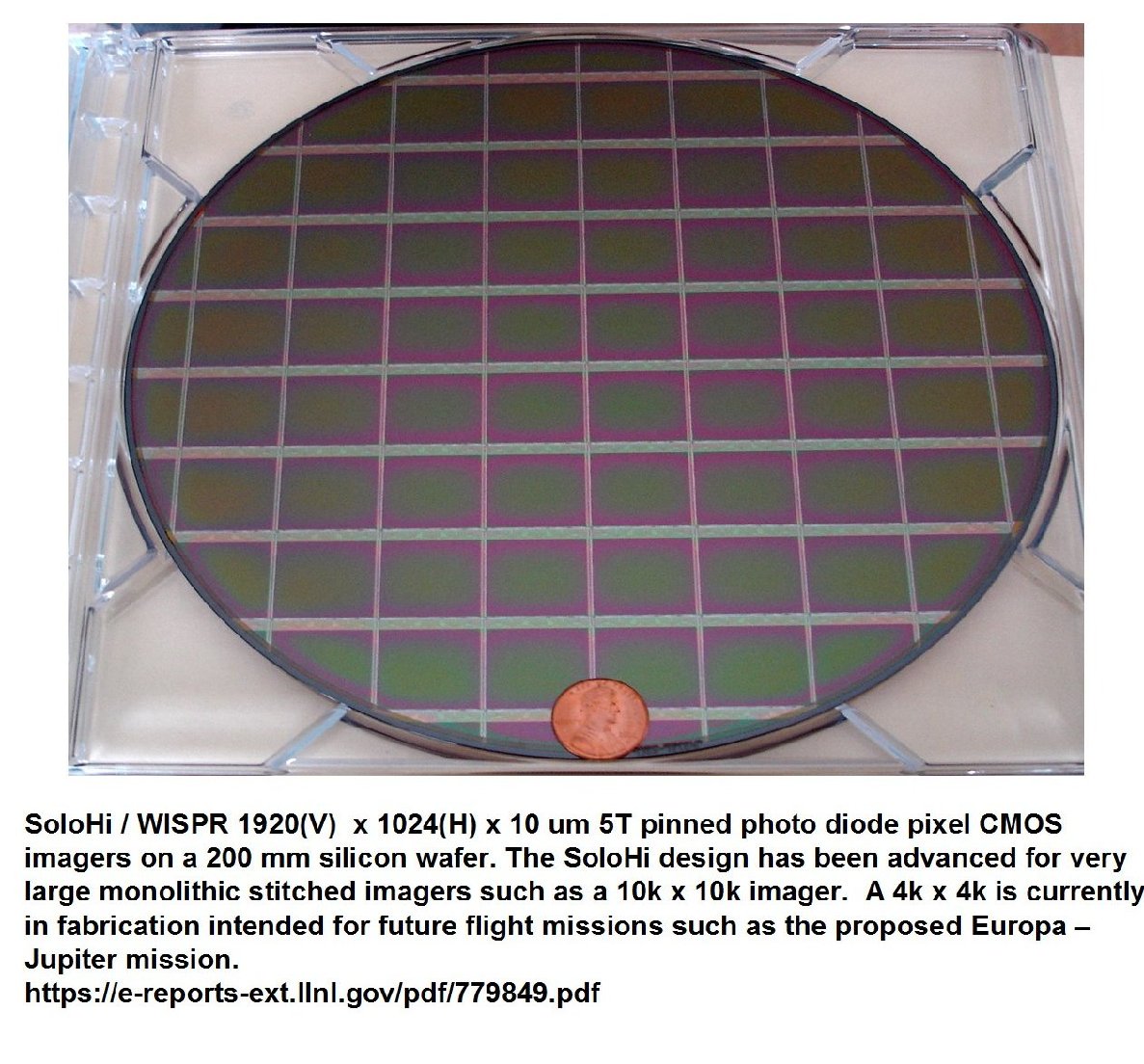
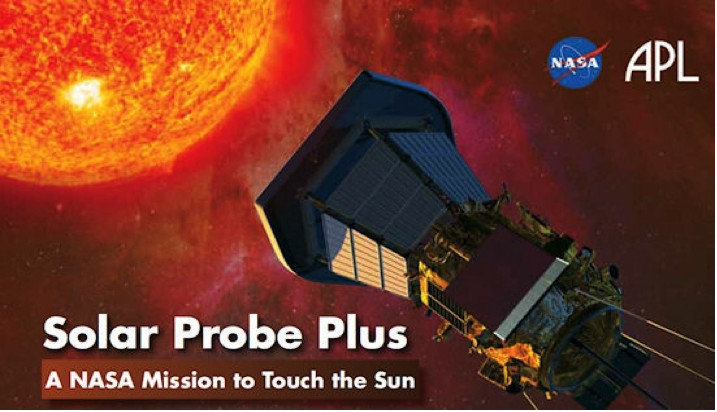
Solar Probe Plus will come even closer than SoloHi for
solar viewing.
http://www.techbriefs.com/component/content/article/27-ntb/features/application-briefs/20300
What's Next?
Jim
is working with John Hopkins University on the upcoming orbiting Europa
mission. It will use a 2k (V) x 4k (H) x 10 um
backside illuminated CMOS imager fabricated by Jazz
Semiconductor. The Europa Imaging System (EIS) will have wide and
narrow angle cameras and will map most of Europa at 50 meter (164 foot)
resolution, and will provide images of areas of Europa's surface at up
to 100 times higher resolution than at present in order to search for
environmental conditions there that could potentially support
life. This imager was designed by Jim and has just come out
of fabrication (2016) and has tested very well. Possibly (not yet
decided) similar imagers will be used in Europa's star tracker as
well as the lander that has been recently been a hot topic at
NASA.
EUROPA 2k X 4k IMAGER . . FIRST LIGHT
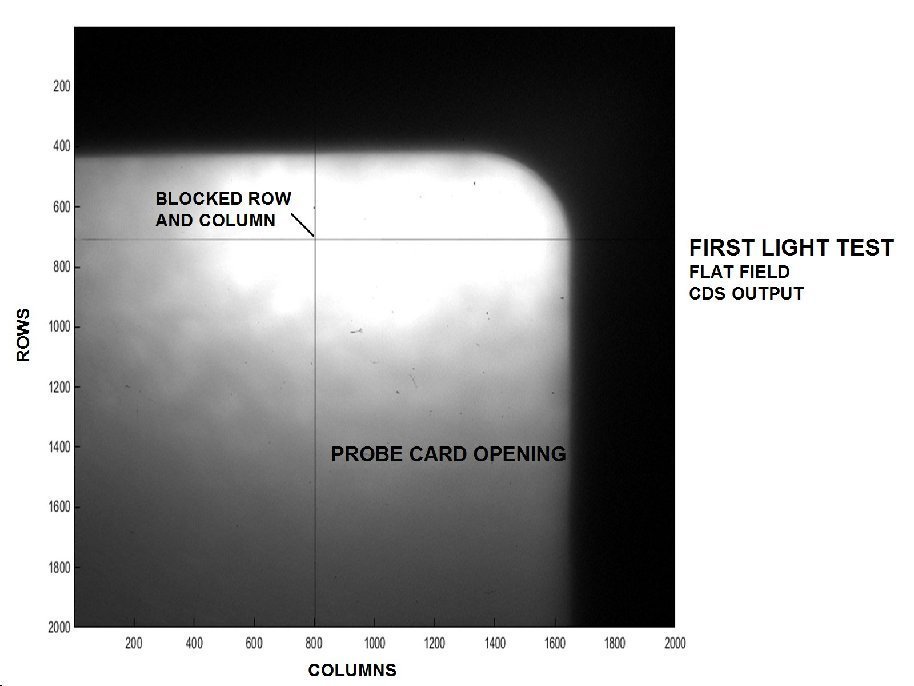
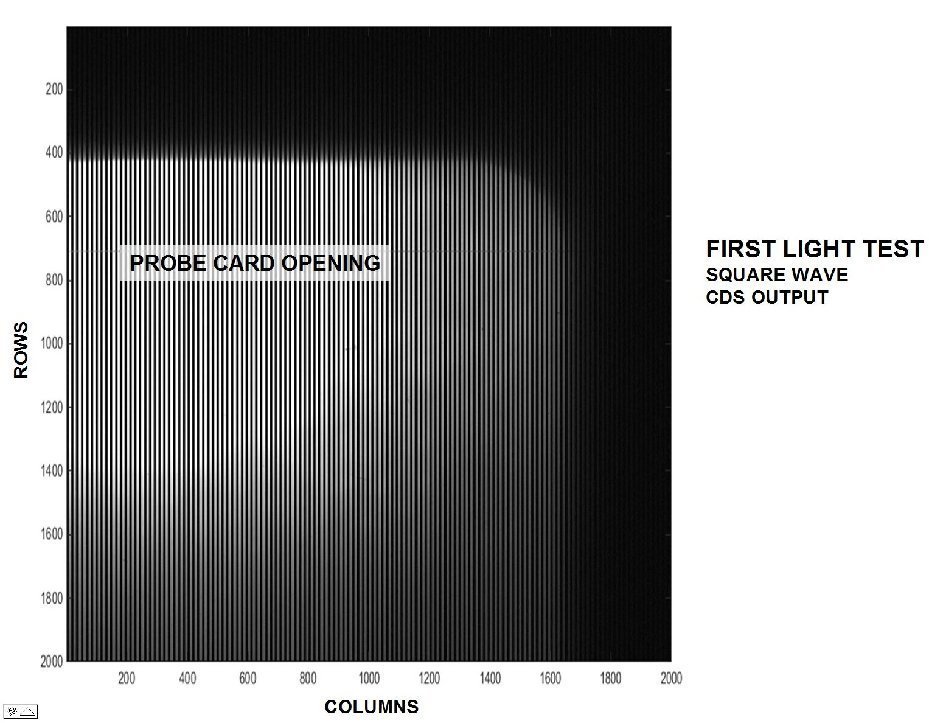
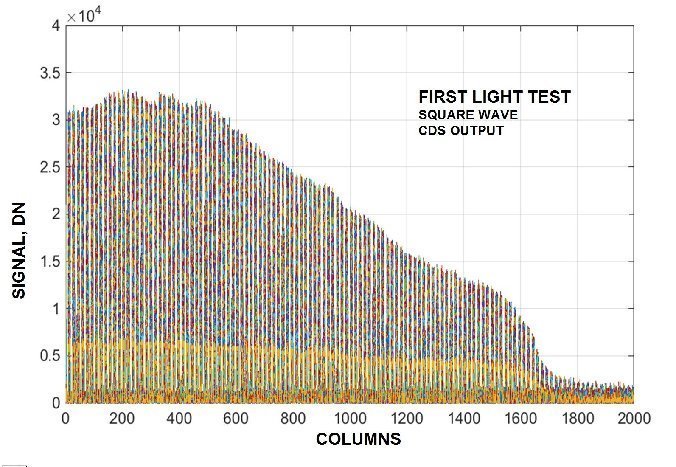
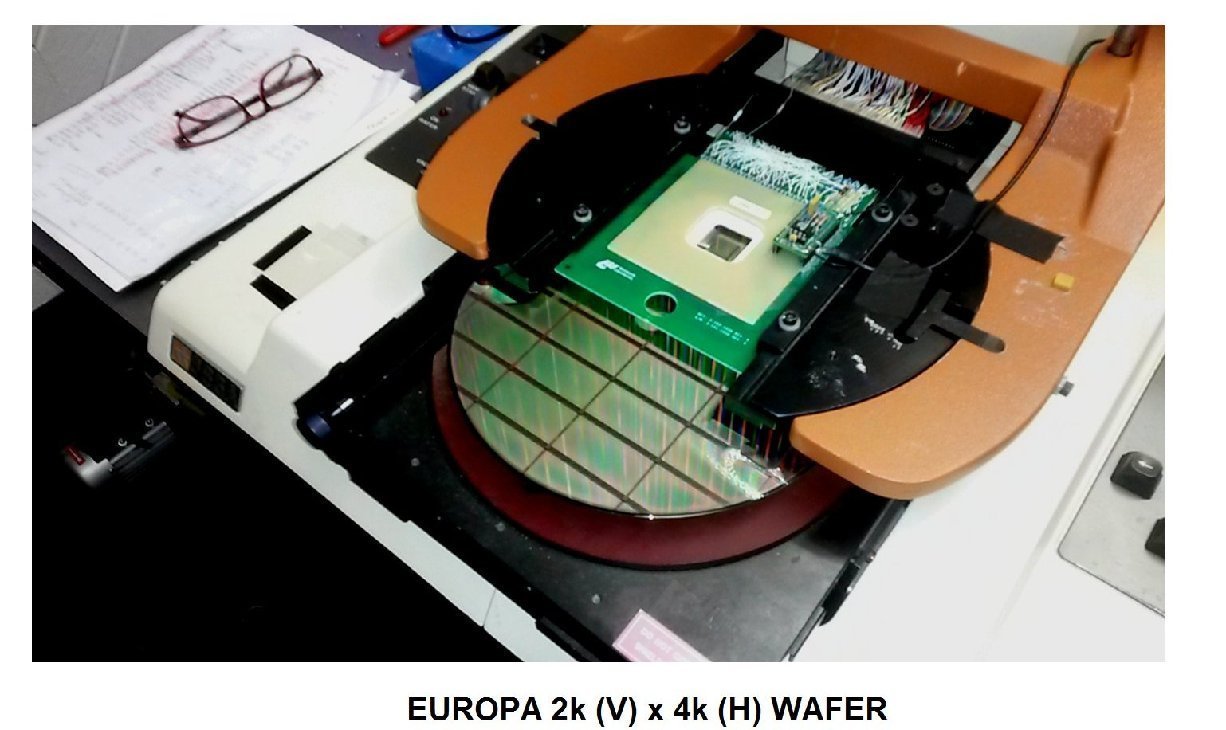
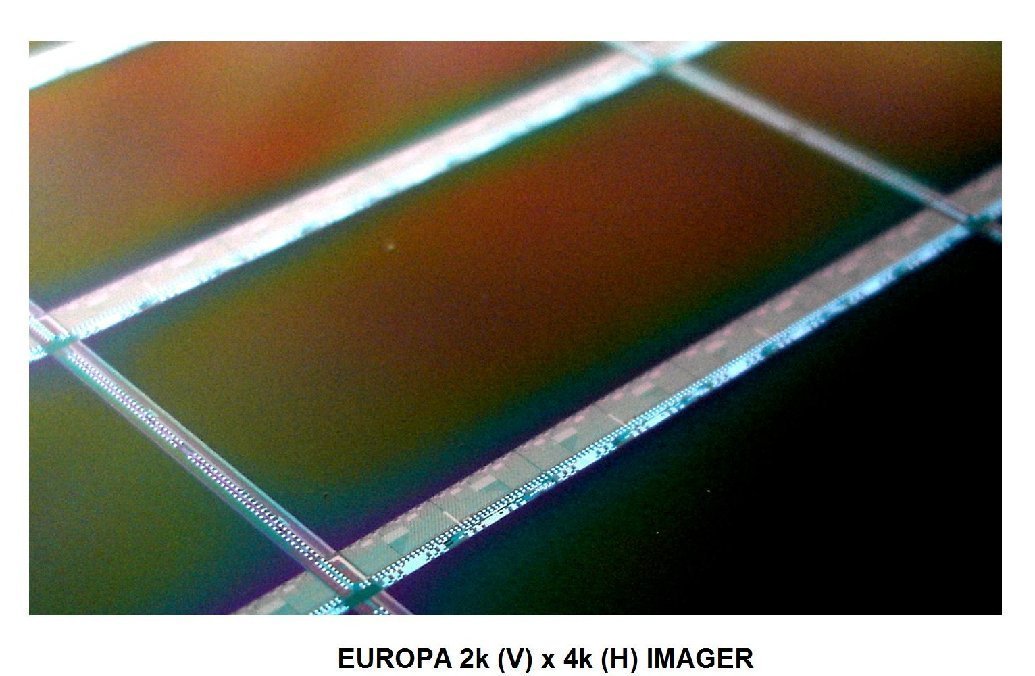
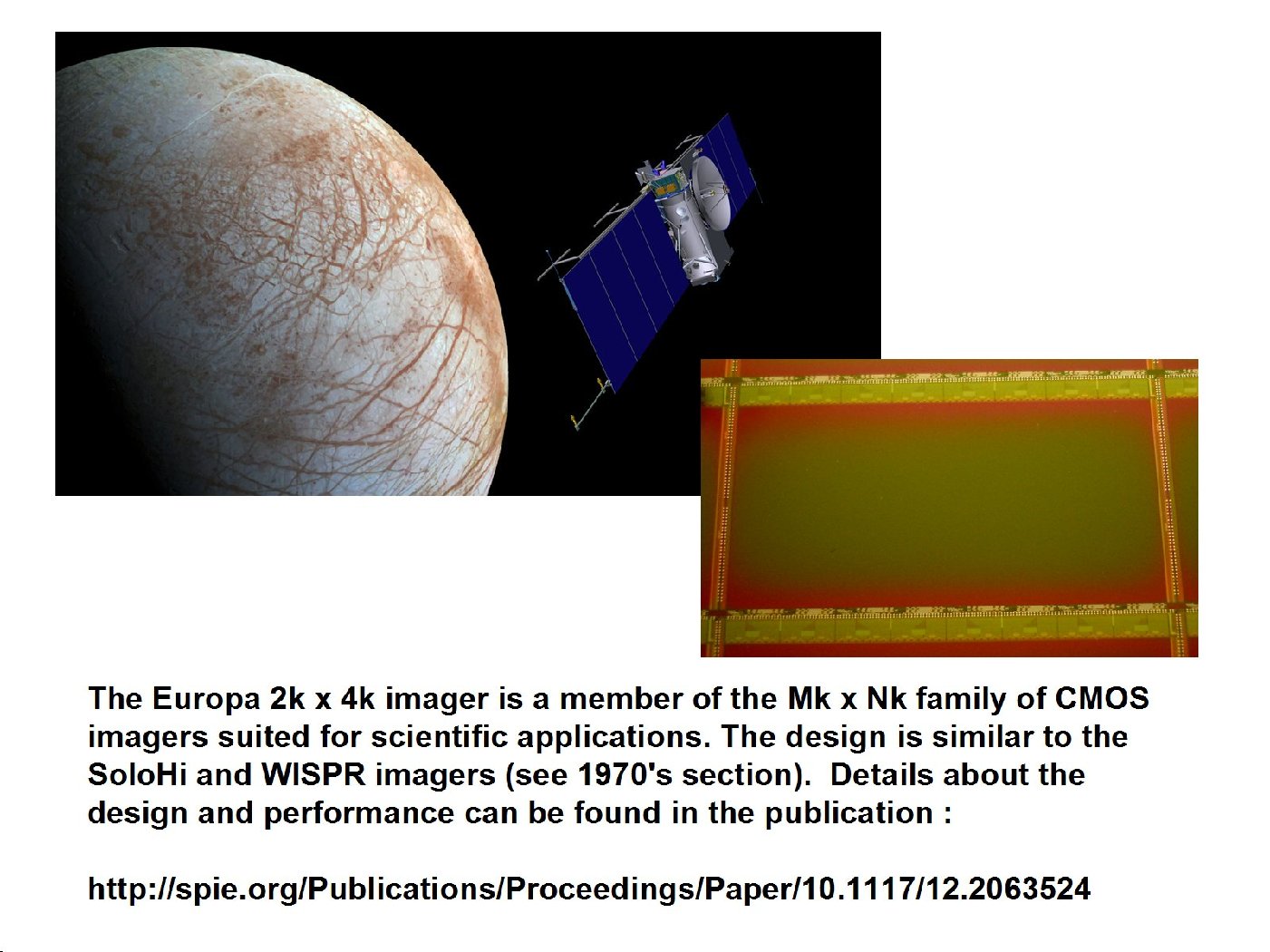
2018.
Solar Probe Plus or Solar Probe+, previously NASA Solar Probe, is a
planned robotic spacecraft to probe the outer corona of the Sun. It
will approach to within 8.5 solar radii (5.9 million kilometers or 3.67
million miles) to the 'surface' (photosphere) of the Sun.[2] The
project was announced as a new mission start in the fiscal 2009 budget
year. On May 1, 2008 Johns Hopkins University Applied Physics
Laboratory announced it will design and build the spacecraft, on a
schedule to launch it in 2015. The launch date has since been pushed
back to 2018, with the Delta IV Heavy as the launch vehicle.
All above photos and information on this URL page provided by courtesy of James R. Janesick
TO RETURN TO 1970s MAIN PAGE CLICK HERE
U.S. SPACECRAFT 1960s and 70sB
U.S. SPACECRAFT 1980s and 90sB
FOR ADDITIONAL INFORMATION CONCERNING SPACECRAFT, THEIR CAMERAS AND IMAGERS SHOWN ON THIS SITE CLICK HERE
FOR INFORMATION ON NON-ASTRONOMY CCDS - COMMERCIAL, INDUSTRIAL, SCIENTIFIC, MEDICAL, ETC. CLICK HERE
TO GO TO JANESICK CONTINUATIONPAGE CLICK HERE













